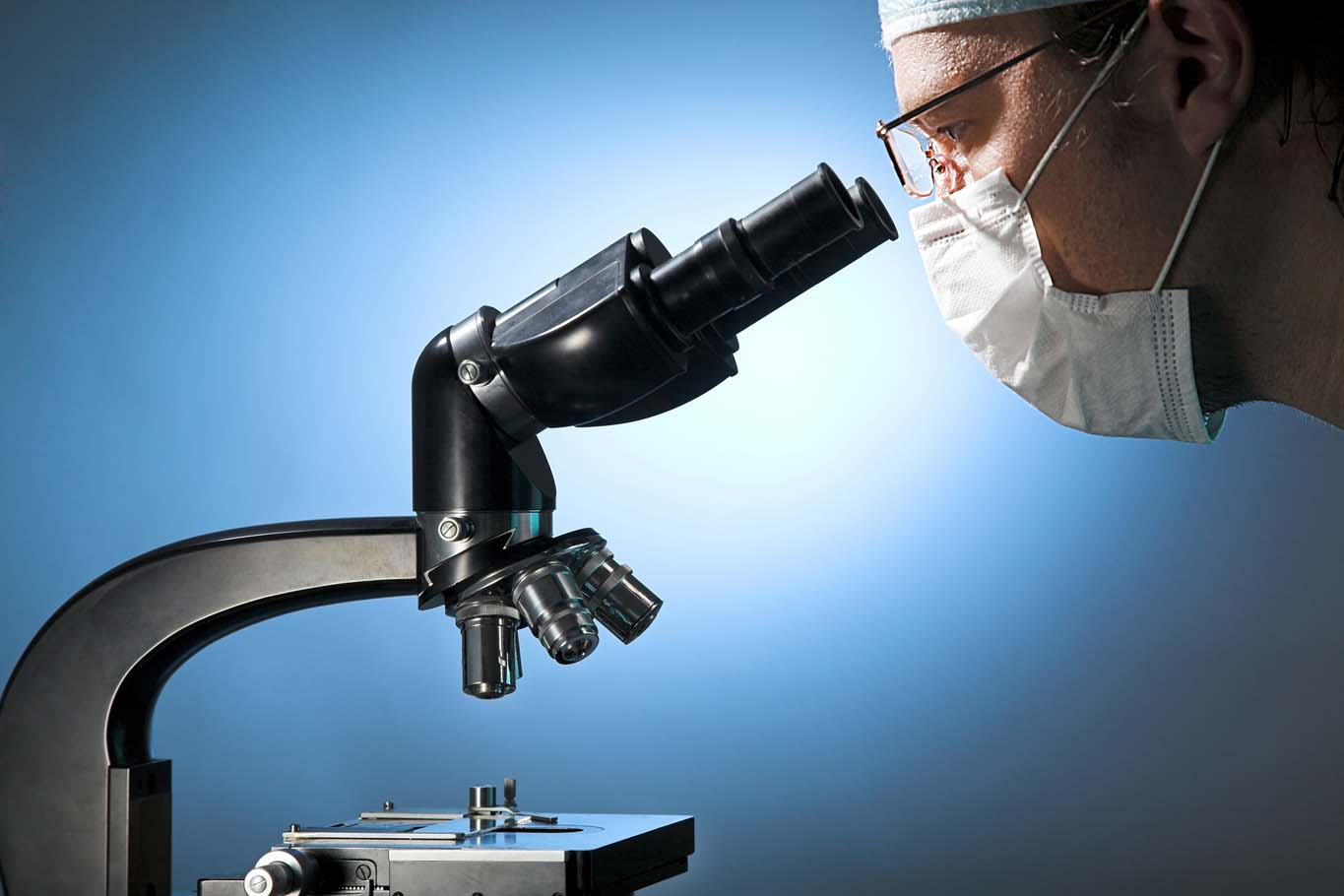How to Qualify for SR&ED: Defining Technological Uncertainty and Complex Systems
Scientific Research and Experimental Development (SR&ED) is a tax incentive program that encourages Canadian businesses to resolve technological challenges and improve their technological knowledge base.
When preparing SR&ED claims, it is crucial that the project is claimed at the appropriate level. This is driven by the presence of technological uncertainties. Technological uncertainty exists when you don’t have the know-how to reach your objective. You can’t reliably reach your goals with the current technology available to you. You know there is something in the way of reaching your objective: a limitation, an issue, or a roadblock that you don’t know how to overcome. Therefore, you must undergo scientific research or experimental development to achieve your targets. A few examples of technological uncertainties include the following:
- How to increase process efficiency where no solutions are commonly available,
- How to create a solution for a customer request that goes beyond existing capabilities, and
- How to integrate software that has known issues with the existing platform.
There may be multiple technological uncertainties in complex systems. These are systems composed of multiple components that interact with each other for a desired output. A few examples of complex systems that are submitted for funding in SR&ED are as follows:
- Processes with multiple operations,
- Products with several components, and
- IT systems involving numerous modules.
Determining how the technological uncertainties are related serves to define the system under development. The higher the level that you can describe the uncertainties associated with your system, the better.
“[It] is necessary to look at projects ‘from the highest level,’ […] To look at every little step would be tantamount to distorting the project.
– Justice Jorre (Le Abeilles Service de Conditionnement Inc. vs Her Majesty the Queen, 2014 TCC 313)
To maximize your SR&ED funding, you’ll want to look at your projects at the highest suitable level. This ensures all activities related to achieving your objective are included. There are a few things to keep in mind when “framing” or discussing a project:
- If you frame the SR&ED project at too high a level, the project will become vague and the activities discrete.
- If you frame the SR&ED at too low a level, the work appears routine.
- But if you frame the SR&ED at the right level, you have a clear picture of how the work is intended to address the technological uncertainties associated with the project. All parts of the system under development are interrelated.
For example, imagine you want to improve an automobile’s fuel efficiency. You have the idea to change the shape to improve the aerodynamics.
- Framing at too high a level: This project would be about general fuel efficiency improvements, which might capture additional activities that aren’t related, such as implementing lighter materials and may be too vague for eligibility.
- Framing at too low a level: This project would investigate only the changes to the shape of the automobile.
- Framing at the right level: The right level captures the effects of the shape changes on other components. Maybe, to get the right contour, you need to move components around. Or the shape changes could affect the strength of the frame requiring new reinforcement techniques.
By defining the system as an interrelated system, you find the appropriate level to capture the most SR&ED eligible expenses without compromising eligibility.
The Courts View Projects from the Highest Level
This system uncertainty approach to SR&ED projects has been endorsed by the leading authority on the SR&ED program, the Tax Court of Canada.
In the case of 6379249 Canada Inc. vs Her Majesty the Queen (2015 TCC 77), the claimant had developed a wireless printer. They claimed work related to resolving issues with the battery life and curling of the paper. They experimented with alternate felt materials, redesigned the slip clutch, and developed a new driver, among other activities.
However, the project was denied by the CRA. They maintained that the claimant’s activities, in isolation, were routine: finding the best felt was straightforward, the slip clutch design barely changed, and the printer drive algorithms were common knowledge. However, one judge, Justice D’Auray, disagreed with the CRA’s approach, stating:
[102] “In my view, the work performed on the system/printer level qualified for the SR&ED ITC in 2009 and in 2010; the device was improved.”
[103] “I do not agree with the respondent’s analytical approach, namely that each activity had to be analyzed separately…”
Justice D’Auray saw that the technological uncertainty resided in the combination of technologies composing the printer, not in each area of development.
The approach of breaking down a SR&ED project into isolated activities was again refuted by Justice D’Auray in the case of Formadrain Inc. vs Her Majesty the Queen, 2017 TCC 42. Here, the claimant’s projects were denied by the CRA for failing to meet the SR&ED eligibility criteria. The Judge disagreed, stating:
[96] “It seems that reducing the appellant’s entire project regarding the mandrel to the single aspect of searching for the chemical formula of the rubber is a simplistic view of the work that actually took place.”
[99] “The respondent seems to argue that I must analyze the project in isolation and that each manoeuver taken individually must result in technological uncertainty. I do not agree with this approach.”
These decisions illustrate how important it is to discuss your project at the highest possible level to ensure activities are interrelated and SR&ED eligible.
Connecting the Dots: Define Clear Technological Objectives
Start by clearly defining your technological objectives. Then, investigate how your objectives could be affected by the various parts of the system, be it a product or process.
To connect work on these parts to your SR&ED project, you need to identify interrelatedness. Aspects of the system are interrelated if changes to one part affects others which are ultimately linked to your objective. This can include seemingly routine work which would not be eligible in isolation. However, these straightforward changes may be required to one part of the system to experiment with another. Consider all the work required to in your effort to achieve your objective.
Frame Your SR&ED Project at the Highest Level
Complex projects require the right perspective to identify SR&ED eligibility. If you look too closely, the work may seem routine. However, by taking the highest possible view without being too vague, the uncertainties will become clear. You can then find the interrelated aspects of the work to maximize your SR&ED funding.
To get a new perspective on your work, contact our experienced consultants who can give your application the best chance it has at receiving approvals, and find you additional funding grant and loan programs you may already be eligible for.
Want to know when you should apply for the Scientific Research and Experimental Development (SR&ED) tax credit, or the Industrial Research Assistance Program (IRAP) grant? These two R&D funding programs can actually have their funding stacked together to cover an even larger portion of your project costs. To learn more about how these two funding programs differ, download our free IRAP vs. SR&ED funding guide.


